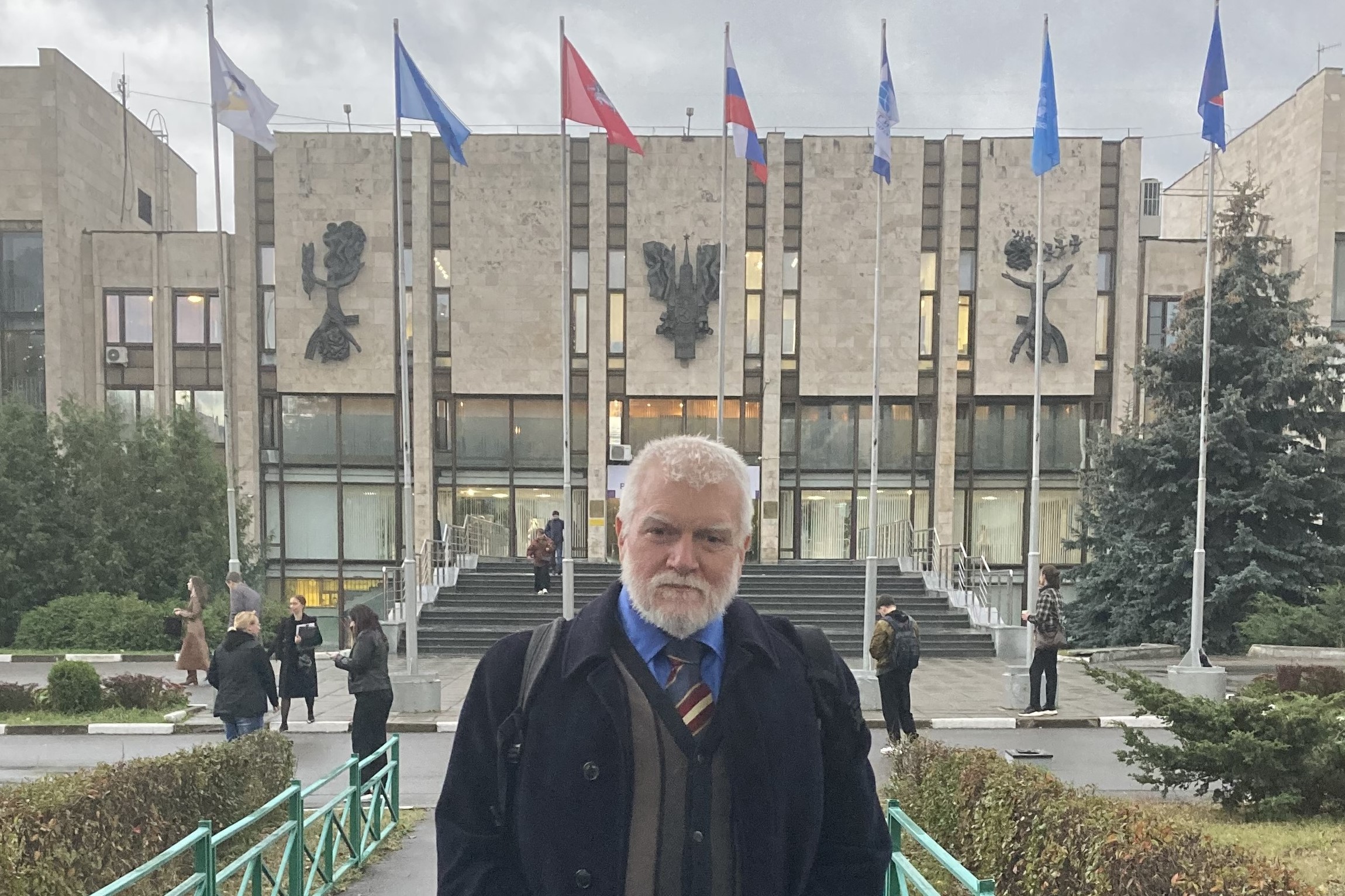
The journal Linguistics & Polyglot Studies is an international peer-reviewed journal publishing research in linguistics, polyglottery and related fields.
The Goals and Objectives of the Journal:
- promoting international scholarly communication and discussion of ideas and findings in the field of linguistics, cross-cultural communication, translation studies, literature studies, methodology of foreign language teaching and related disciplines;
- developing an international platform for publication of research papers and conference proceedings in the field of polyglottery;
- publishing results of original interdisciplinary research.
The journal is the successor of the collection of scholarly works "Philological Sciences at MGIMO", published since 1999, and the scholarly journal "Philology at MGIMO", the journal of the Higher Attestation Commission since 2017. The name of the journal echoes the unique language situation at MGIMO, where more than 50 foreign languages are taught and a special interest is shown in the study of two or more foreign languages.
"Linguistics & Polyglot Studies" focuses primarily on the following themes:
- Linguistics and cross-cultural communication
- Sociolinguistics
- Cognitive linguistics
- Translation studies
- Pragmatics
- Discourse analysis
- Literature and culture studies
- Polyglottery
- Innovative methods of foreign language learning/teaching
- Reviews
The journal publishes articles by famous and young scientists, professors, educationalists, graduate and undergraduate students from Russia and other countries in 10 languages: Russian, English, German, French, Spanish, Italian, Chinese, Japanese, Arabic and Hindi.
Indexation:
Journal list of the Russian Higher Attestation Commission (VAK journals)
5.9.7. Classical, Byzantine and New Greek philology (philological sciences), 5.8.1. General pedagogy, history of pedagogy and education (pedagogical sciences), 5.8.7. Methodology and technology of professional education (pedagogical sciences), 5.9.2. Literatures of the peoples of the world (philological sciences), 5.9.6. Languages of the peoples of foreign countries (with indication of a specific language or group of languages) (philological sciences), 5.9.8. Theoretical, applied and comparative linguistics (philological sciences).
Publication frequency: quarterly.
A double-blind peer review.
Publication fees: free of charge.
The journal is published in accordance with the policies of COPE (Committee on Publication Ethics).
Subscription index of the publication in the Catalog of the Agency “Ural-Press” – 80991.
Current issue
RESEARCH ON POLYGLOTTERY
STUDIES IN RARE LANGUAGES AND SCRIPTS
LANGUAGES IN WORLD HISTORY
SOCIOLINGUISTICS AND GEOLINGUISTICS
Announcements
2025-11-25
Happy Milestone Birthday to Prof. Hikaru Kitabayashi

The journal Linguistics & Polyglot Studies wishes a Happy Milestone Birthday to Dr Hikaru Kitabayashi, professor emeritus of Daito Bunka University in Tokyo, Japan, and co-president of the American Society of Geolinguistics.
He is a recognized expert in geolinguistics, linguistic ethnography, medieval history and genealogy. Thanks to his work and support, research on geolinguistics (geopolitics of language) spread from the USA to Japan and later to Nepal, creating an international network of scholars and language activists.
Among others, he edited the volumes Multilingual Perspectives in Geolinguistics (2015), Geolinguistic Studies in Language Contact, Conflict and Development (2017–2018), and Recent Research in Geolinguistic Ethnography (2018–2019). Now, he supervises the journals Geolinguistic Studies: Language Contact, Conflict, Development and Education in Japan and the Journal of Himalayan Geolinguistics in Nepal.
We are proud that Prof. Kitabayashi is a member of the Editorial Board, an author and a reviewer of Linguistics & Polyglot Studies. His publications in our journal are available here:
https://philnauki.mgimo.ru/index.php/jour/search?authors=H.%20AND%20Kitabayashi
Many happy returns and many fruitful projects ahead!
| More Announcements... |




























